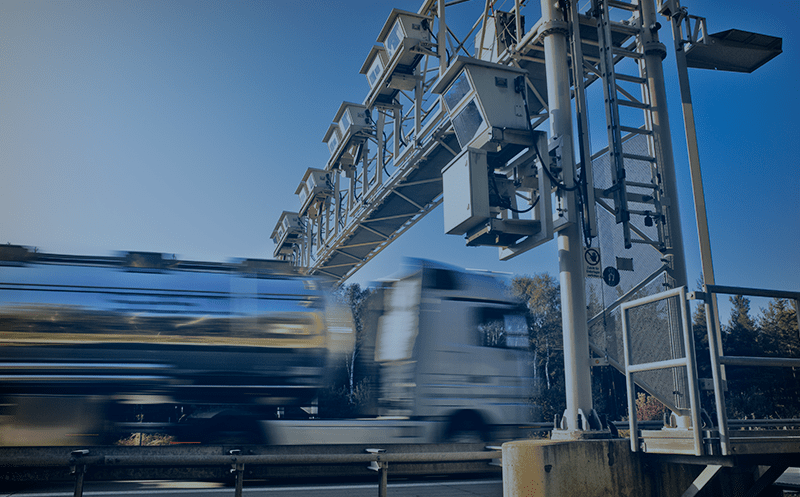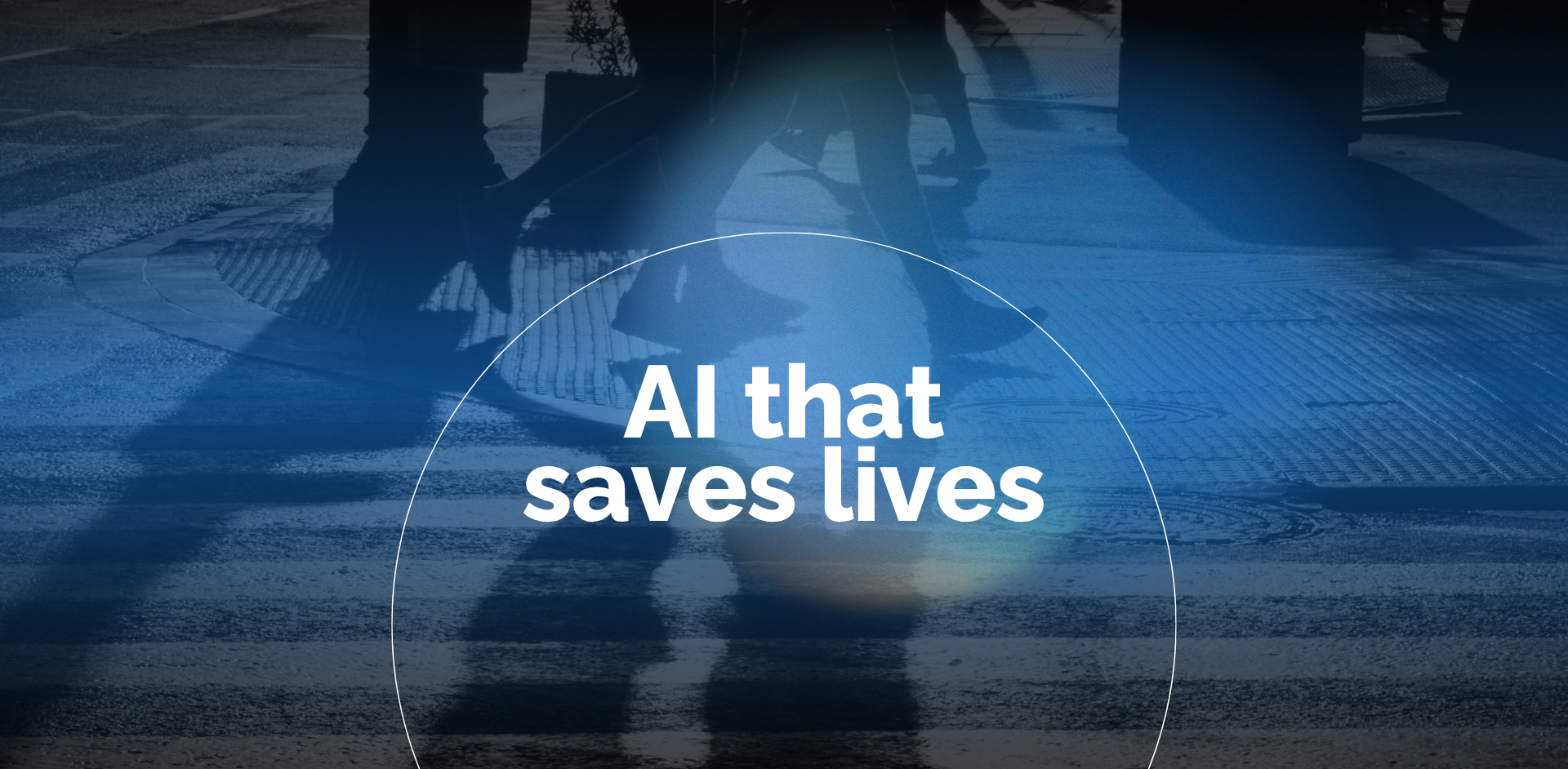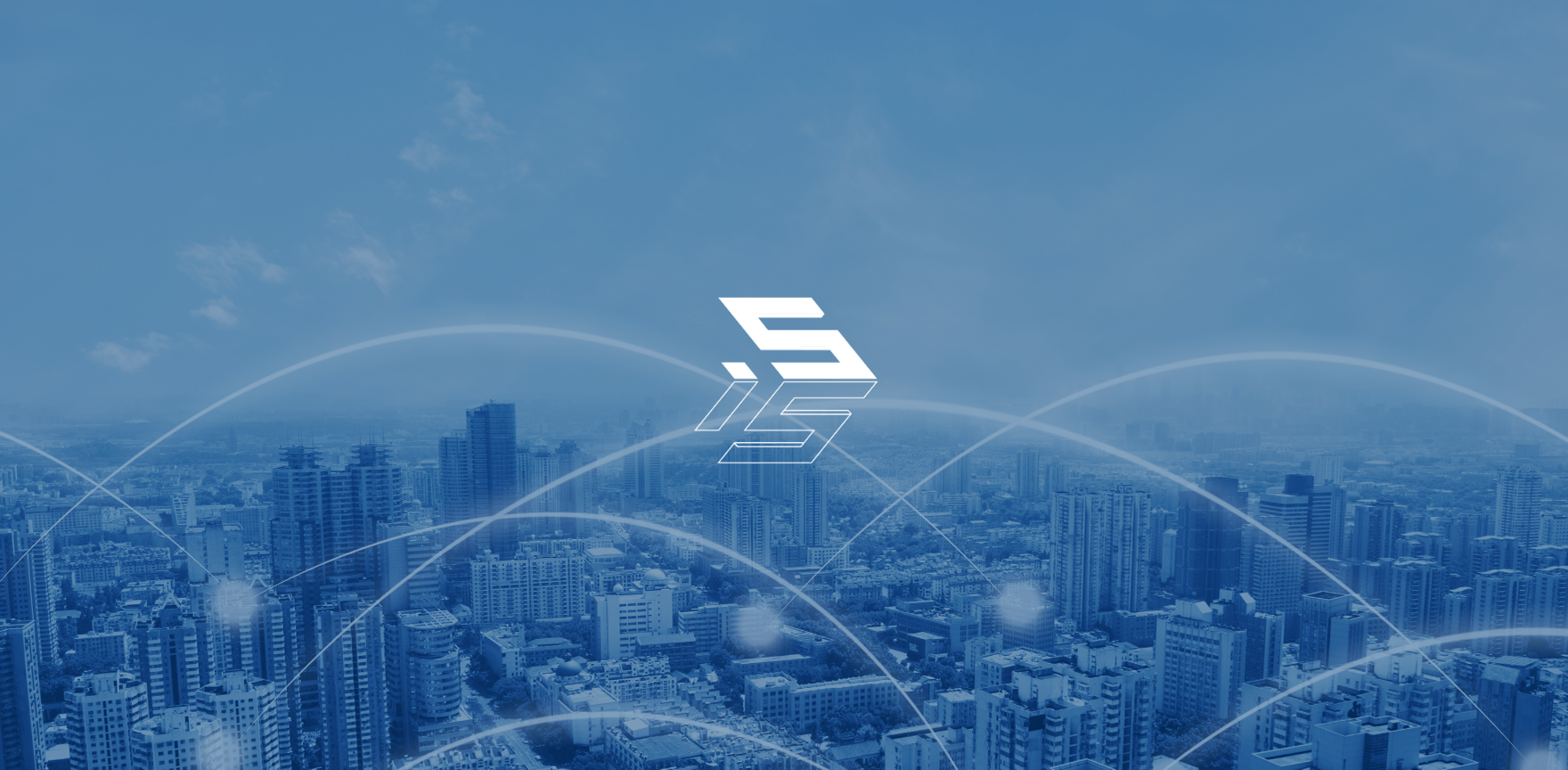Today’s AI-driven solutions go well beyond just capturing license plate data
ISS’ suite of intelligent video analytics, powered by Intel, are proven to resolve new and emerging traffic challenges by enabling existing surveillance systems to autonomously monitor roadway conditions, detect potentially harmful events, and ensure that pedestrians can safely cross busy intersections. License plate recognition (LPR) is an example of how video analytic technologies continue to progress, becoming more accurate and capable over time.
The Need for Advanced Automation
Public and private organizations alike recognize that simply installing security cameras won’t necessarily stop events from occurring – they just document what happened so it can be reviewed later. What makes a bigger difference is when operators notice emerging situations and can take appropriate action early to reduce or eliminate potential negative outcomes.
Of course, it just isn’t possible for operators to monitor every camera in a citywide surveillance network at all times. Deploying video analytics can help address this gap by quickly detecting potential events of interest and bringing them to the attention of operators. For this to be practical, analytic systems must be highly accurate, minimizing both false positives and false negatives.
To meet a high threshold of accuracy, video analytics are making use of artificial intelligence (AI) and machine learning technologies to improve their performance.
There is perhaps no better example of the power of advanced deep learning and template-based algorithms than LPR. For example, the SecurOS® Auto License Plate Recognition solution was developed using ISS’ own artificial neural network technology in conjunction with the Intel OpenVINO deep learning toolkit. These advanced technologies support ongoing performance improvements that drive new capabilities and improved recognition performance.
LPR Capabilities Today
While LPR has been possible for some time, ISS is delivering new advanced capabilities that go far beyond previous versions. For example, SecurOS® Motus leverages AI technology to analyze video streams in real time to detect, identify, and capture license plate information at vehicle speeds up to 155 mph (250 km/h). It maintains this high accuracy in all types of inclement weather, including rain, snow and fog.
SecurOS® Motus can also detect and capture the color, make and model of vehicles under the same challenging environmental conditions. In one recent independent study, researchers found that Motus accurately recognized approximately 500 cars, trucks, and SUVs during a week of field tests. Some of these tests were conducted during poor weather conditions and also featured challenging viewing angles.
Benefits for Cities
Advanced video analytics solutions are vital for improving safety and security for cities, and they can also provide important benefits for overall cost-efficiency and improved operations.
For example, LPR provides numerous benefits for law enforcement, including:
- Improved suspect and fugitive tracking
- Faster and more effective identification of stolen vehicles
- Identification of unregistered vehicles
- Investigation support and forensic evidence
- Identification of vehicles at border crossings
- Alerts when vehicles on watch lists or restricted lists are detected
Effective LPR systems can also provide for improvements in other municipal functions, including:
- Controlling access to restricted areas
- Tracking municipal vehicles
- Access to parking areas
- Confirmation of parking durations for accurate billing and fees
- Toll collection
- Auditing of toll collections and other contracted services
These are but a few examples of how broadly LPR systems can support efficient and effective municipal operations. These benefits are available today, thanks to the myriad integrations that have already been established between LPR systems and many other related systems, including most third-party VMS platforms and parking management systems, such as various types of barriers, gates, and radar solutions, as well as access control, HR and workplace management systems, and law enforcement-related systems, to name a few.



